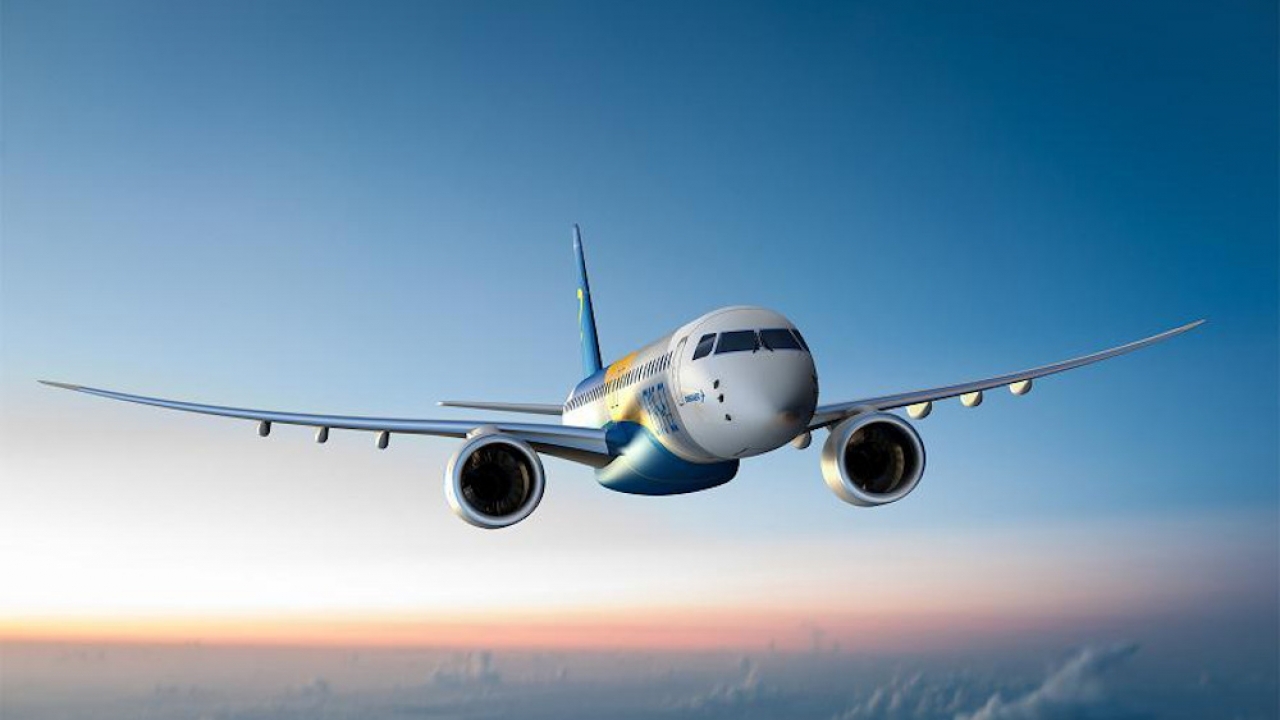USD 1.8 trillion global investment needed for aviation infrastructure modernisation by 2030

This outlook, along with the challenges and investment landscape in aviation will be the core objective of the Global Investment in Aviation Summit 2019 which is going to be held between January 27-29, 2019 at the Intercontinental Dubai Festival City.
GIAS 2019 is an initiative of the UAE General Civil Aviation Authority (GCAA), which was established to create a leading, safe, secure and sustainable civil aviation system in the country.
According to a report published by the International Air Transport Authority (IATA), global aviation will have to cater to over 14 trillion passenger traffic and 466 billion tonnes of freight traffic by 2034. This projection will show an increase of 14.5% RPK and 4.2% FTK, per annum respectively.
The projected growth in global aviation industry will generate at least 99 million jobs and will contribute USD 5.9 trillion in GDP, a 122% increase from 2014, according to the same IATA report.
However, the positive outlook in the industry comes with big challenges. To achieve this growth, large amount of investment must flow to modernise and expand the quality of aviation infrastructure over a long period. Investments must focus on the improvement of passenger and freight capacity, generating gains such as reduction in travel time and improvement of service predictability and reliability, and maintaining public confidence that aviation is safe, secure, and environmentally responsible.
IATA report includes challenges in regional aviation industry. In Africa, access to funds and service financing is needed to modernise or expand their airports, runways, telecommunication equipment, air cargo warehousing, and meteorology facilities. Inflow of investment must be sufficient to accommodate the long-term projection of 3.8% passenger traffic and 2.1% freight traffic per year up to 2032.
Fast rising demand for air traffic in Asia and The Pacific will reach 30% in 2030. Projected investment of USD 6.51 billion per year till 2020 will be needed to avoid capacity constraints in 22 busiest airports in the sub-region in anticipation of the high expected growth of air passenger and freight demands.
Europe may also face capacity shortfalls as passenger traffic growth will reach 3% and freight traffic will reach 2.6% per year until 2032. When addressed with adequate investment, Europe aviation industry will attract further more investors for higher return on investment.
Investments on infrastructure will be needed by Latin America and The Caribbean to accommodate the projected 3.5% increase in air passengers and 2.9% increase in freight annually until 2032. Investment on pilot training will also be required to increase the capacity of the sub-region in training 1,945 pilots a year to the needed 6,250 pilots a year till 2030.
In the Middle East, the second fastest growing aviation industry after Asia and The Pacific, will pose an annual passenger increase of 5.2% and freight demand of 7.1% annually until 2032. In terms of pilot training, an investment is needed to finance training of 2,458 pilots a year from the current capacity of 860 pilots trained a year.
UAE, home to the largest fleet and busiest airport in the region, is investing substantially in upgrading the aviation infrastructure. HE Saif Mohammed Al Suwaidi, Director General, UAE General Civil Aviation Authority, said: “Aviation has been an important part of UAE’s economic growth. One of the nation’s vigorous strength is its rapidly expanding infrastructure, with spending of USD23.16 billion including USD8 billion for expansion of Al Maktoum International Airport, USD7.6 billion for Phase IV development of Dubai International Airport, and USD 6.8 billion for expansion of Abu Dhabi International Airport. Collectively, UAE increases its fleet per month by approximately 4-5% and the total number of aircraft will reach to 525 aircraft by end of 2018, increasing its capacity to cater to underserved routes and reach two-thirds of the world’s population.”
GIAS 2019 recognises the imperative need for aviation investment in every region. The summit, dubbed as ‘aviation marketplace’, under the theme “Linking Developed and Emerging Markets through Attractive Aviation Investment Opportunities” will link at least 200 international investors and 200 senior-level attendees to aviation project developers and other participants from 40 countries. GIAS 2019’s unique features include the Master Class for airport and aircraft financing.
“The Global Investment in Aviation Summit 2019 provides the global network of investment opportunities to investors. It will also allow aviation projects to penetrate the global industry and enable even start-ups to gain an edge in the highly competitive market. Aviation stalwarts will share their knowledge with delegates that will assist in taking the best business and operational decisions,” added director General Al Suwaidi.
HE Saif Mohammed Al Suwaidi, Director General, UAE General Civil Aviation Authority,
Stay up to date
Subscribe to the free Times Aerospace newsletter and receive the latest content every week. We'll never share your email address.

